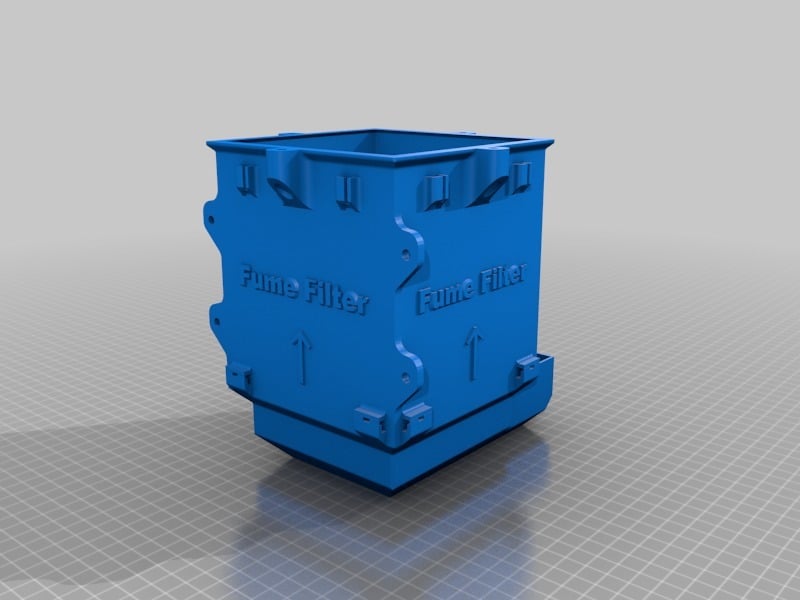
Enclosure Fume Filter For 3D printers and others
thingiverse
This is a detailed guide on building a 3D printing enclosure with improved airflow and filtration. The author has tested various fan configurations and found that using two Noctua fans in combination with a thick filter provides the best results. Here are some key points from the guide: 1. The author chose Noctua fans due to their performance/noise ratio and used two of them to improve airflow. 2. A single fan can be stronger than two Noctua fans together, but it would be very loud. 3. When using a thick fan grill, spacers for the fan holder may be required. 4. The San Ace B97 9BMB blower variant was also tested and found to provide good results. The guide includes specifications for the enclosure, hardware requirements, and test methods used to evaluate the performance of the system. The author used Octoprint with plugins for SDS011 and an external air monitor to measure the effectiveness of the filtration system. Key findings from the tests include: 1. The air inside the enclosure can be purged very quickly after turning on the fans. 2. Reducing fan speed can still provide good results, allowing for more temperature retention inside the enclosure. 3. The Octoprint plugin allows for real-time monitoring of particle levels and fan speed. The guide also includes information on controlling fan speed using a PWM controller or a DC motor speed controller module. Overall, this is a well-researched and detailed guide that provides valuable insights into building an effective 3D printing enclosure with improved airflow and filtration.
With this file you will be able to print Enclosure Fume Filter For 3D printers and others with your 3D printer. Click on the button and save the file on your computer to work, edit or customize your design. You can also find more 3D designs for printers on Enclosure Fume Filter For 3D printers and others.
